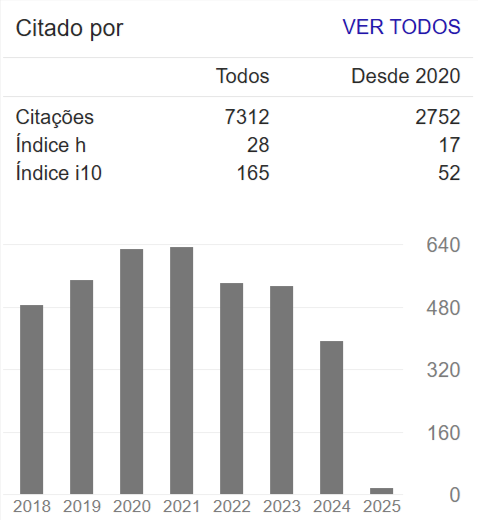Use of field and laboratory methods to estimate soil hydrodynamic properties
Abstract
Soil is of great importance in urban drainage, as it assists in the retention of water from the rains through infiltration and reduces the surface runoff that has as a consequence urban floods. Determining the hydrodynamic properties of the soil is essential to understanding these processes. The hydrodynamic properties of the soil are determined by the water retention curve in the soil and the hydraulic conductivity curve. The determination of the hydrodynamic properties of the soil requires field and laboratory tests that are expensive, costly and require a long execution time. Thus, the objective of this work is to determine the hydrodynamic properties of the soil by the Beerkan and Pedotransfer Function methods. The study will be carried out at the Federal Institute of Pernambuco, Recife Campus, constituting the stages of sample collection, field trials and laboratory tests. The soil profile of the sampling points at the study site was classified as sandy loam. The hydrodynamic properties of the soil obtained by the Pedotransfer Function method are consistent with those observed in the literature and the soil retention and hydraulic conductivity curves, showed similar behavior in all analyzed points. For the Beerkan method, shape and normalization parameters were determined, presenting acceptable values compared to those in the literature and, in addition, the adjusted infiltration curves, retention curves and hydraulic conductivity at the analyzed points had similar behaviors between them.

















